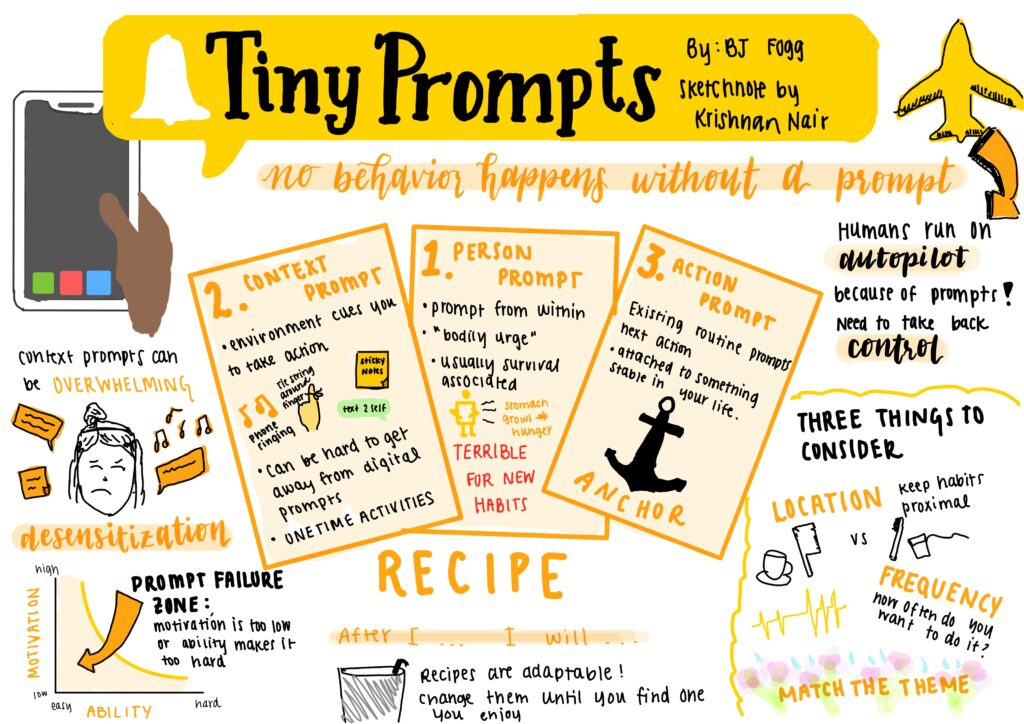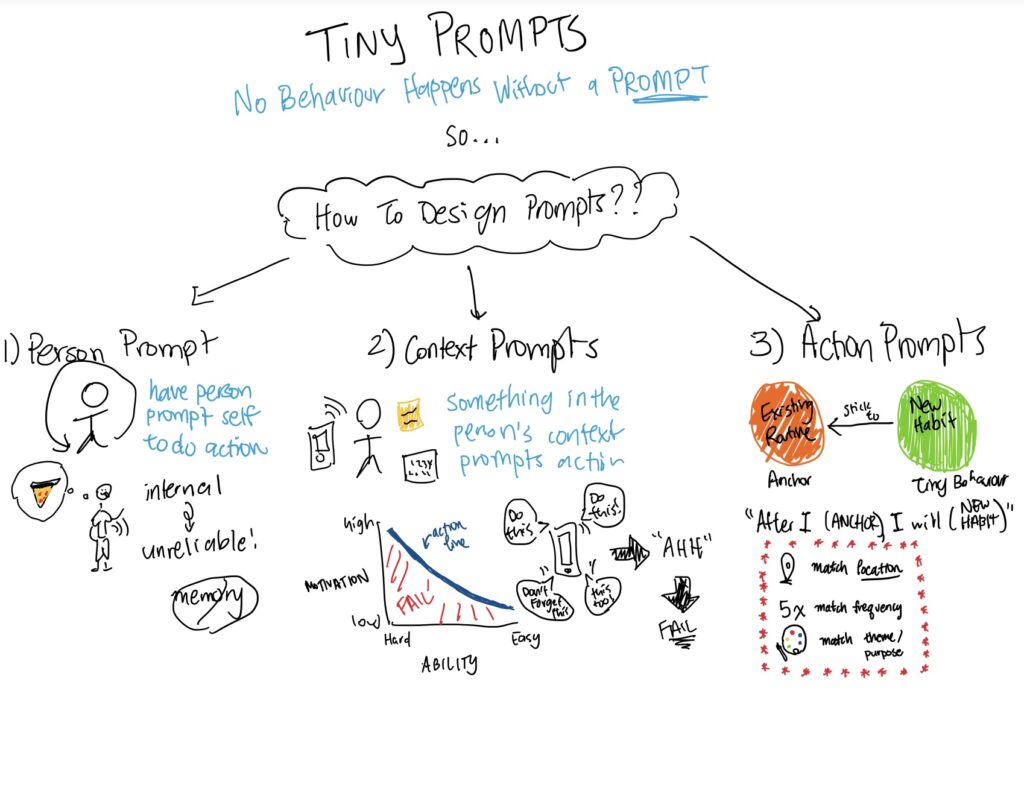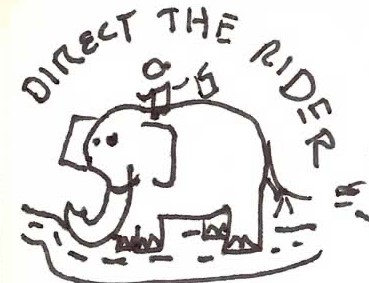Balancing Innovation and Buyer Resistance
One of the toughest challenges for product managers is balancing innovation with customers’ resistance to change. The 9x Effect from the reading highlights this disconnect—companies overestimate the value of their innovations, while customers overvalue their existing products.
To overcome this, product managers should prioritize behavioral compatibility, making new features feel intuitive and familiar. Google Search is a perfect example: while it continues to innovate behind the scenes, the user experience remains simple and consistent. Sometimes, innovation isn’t about big visible changes but improving performance without disrupting user habits.
Rolling out new features gradually through beta testing or phased launches can also ease users into the experience. This reduces friction while providing valuable user feedback for fine-tuning.
The Role of Loss Aversion
Loss aversion plays a critical role in buyer resistance. People tend to fear losing what they already have more than they value gaining something new. This makes it essential for product managers to frame innovations in terms of what users stand to lose by not adopting them, rather than just focusing on gains.
For example, Apple doesn’t just market new iPhone features as upgrades—they frame them as tools to protect users’ data and privacy, which resonates with users’ fear of loss. Additionally, offering trials or money-back guarantees reduces the perceived risk of adoption, making it easier for customers to try new features without feeling like they’ve sacrificed anything.
Avoiding Feature Creep
Feature creep—the addition of unnecessary features—dilutes the core value of a product and confuses users. The reading highlights how TiVo struggled by adding too many complex features that users didn’t need or ask for. To avoid this, product managers should focus on their product’s core purpose and ensure each feature aligns with user needs.
Constant communication with users through feedback loops is essential. By consistently revisiting the product’s mission and asking, “Does this improve the user experience, or complicate it?” product managers can prevent unnecessary complexity and ensure each feature adds real value.
Co-Creation as the Future of Innovation
Incorporating users into the innovation process can transform buyer resistance into empowerment. By engaging users early on—through beta testing, feedback sessions, or open forums—product managers create a sense of ownership and make customers feel like co-creators.
This shift from “buyer resistance” to “user empowerment” fosters a deeper connection to the product. Customers who feel involved are more likely to advocate for and adopt new features, as they see these changes as improvements they helped shape.
Reflection: A User-Centered Approach
As a product manager, my approach would focus on empathy and empowerment. I’d use loss aversion to frame new features as essential safeguards and introduce changes gradually to minimize friction. Most importantly, I’d ensure every decision is grounded in real user needs by maintaining constant communication and feedback. My guiding question would always be, “How can I make users feel like co-creators in this product’s evolution?”



